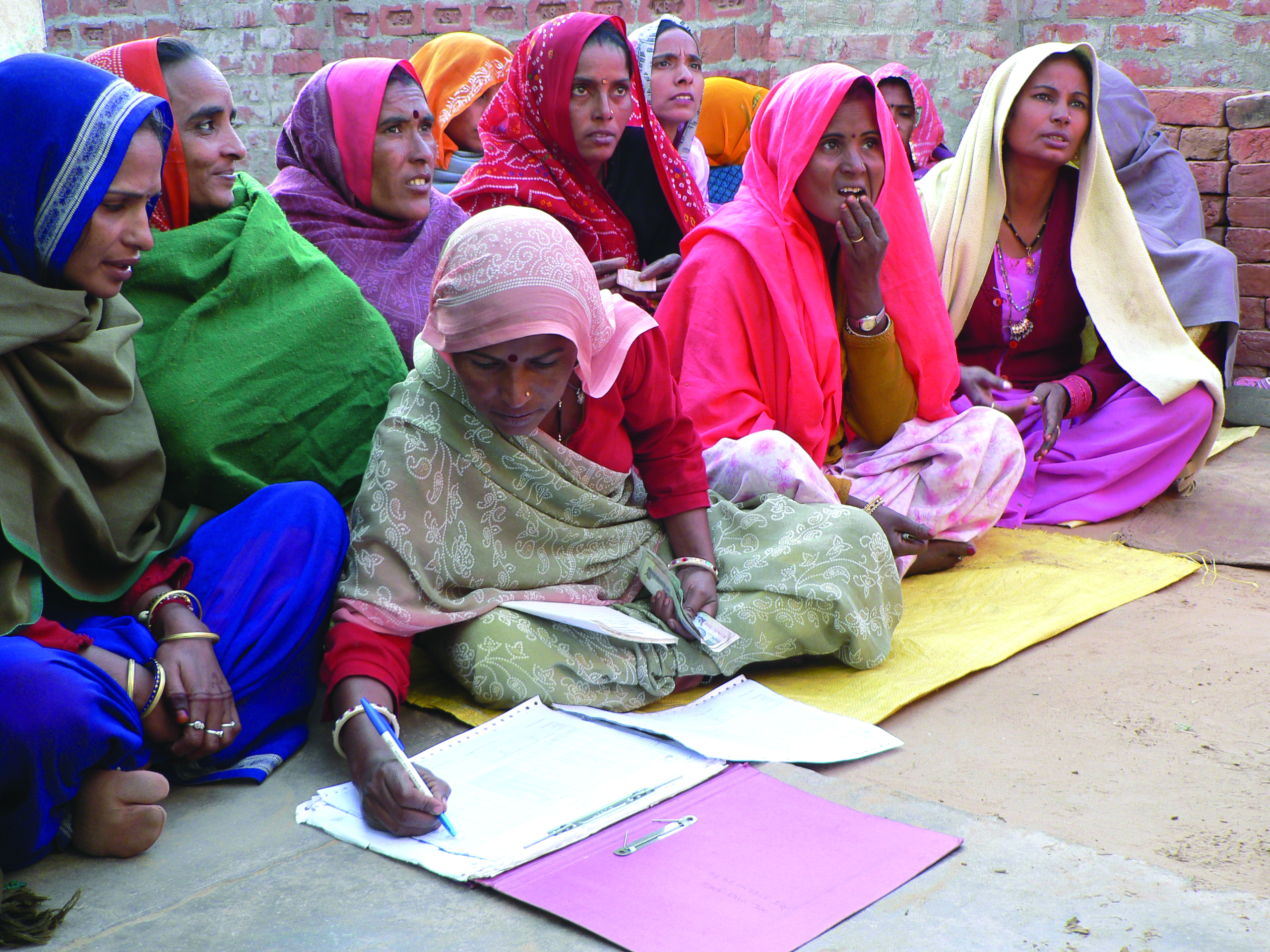A remarkable consensus has emerged: Women’s leadership and inclusion is essential for meeting not only UN Sustainable Development Goal No. 5 — gender equality — but the 16 other global goals as well.
The women’s agenda is becoming the global agenda.
Women and girls were center stage at last week’s Clinton Global Initiative and this week’s Social Capital Markets conference. Speakers, male and female, emphasized that women are drivers of change and impact. Without them, the world will not see sustainable change in the developing world.
“It’s no longer women for women, it is women for everybody,” said Jackie Vanderbrug, senior vice president at U.S. Trust. “This is a lens for opportunity.”
Women and girls were front and center of many of the dozens of commitments and events at CGI. These commitments will impact the lives of six million girls, through education, employment opportunities and skills development. Perhaps more significantly, gender issues were also weaved within the fabric of many of the 123 commitments pledged. Some takeaways:
The dialogue around women and gender issues has hit a critical inflection point. What used to be one “vocal engaged bunch” and a fracturing of interests, is now a conversation that consists of a much bigger constituency, and one that realizes that working through women is critical to achieving development goals. The Clinton Global Initiative used to have a “girl and women track,” said Ellen Iskenderian, President and CEO of Women’s World Banking. “Now, women and girls are much more the fabric of the organization.”
Data shows that women are becoming healthier and more educated, but there is little improvement in access to political power or money. Financial inclusion is critical to women’s empowerment. Skills training, digital solutions, and financial technology, or fintech, can speed inclusion, especially with tools such as mobile money.
We need more data on girls and women. This is borne out by No Ceilings: The Full Participation Report, which is a data-driven evaluation of the gaps and gains girls and women have made over the past 20 years since the UN Fourth World Conference on Women in Beijing. The report is home to 850,000 data points, spanning more than 20 years, from over 190 countries.
Sexual violence underpins many of the most deeply embedded health and human rights issues. The crisis is profound: suicide is now the leading cause of death amongst teenage girls globally. “The issue of sexual violence changes the life path of an adolescent girl and if there is not intense support many won’t recover. It is truly a global problem,” said Gary Cohen, CEO of Together for Girls.
Gender inequality is not only a pressing moral and social issue but also a critical economic challenge. The financial argument for women’s empowerment is undeniable. If women—who account for half the world’s working-age population—do not achieve their full economic potential, the global economy will suffer.
Advancing women’s equality can add $12 trillion to global growth, according to a new McKinsey Global Institute report. If women participated in the economy identically to men, it would add 26 percent to annual global GDP by 2025. This impact is roughly equivalent to the size of the combined Chinese and US economies today, and would impact developed and developing countries.











